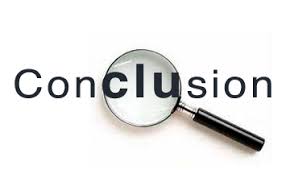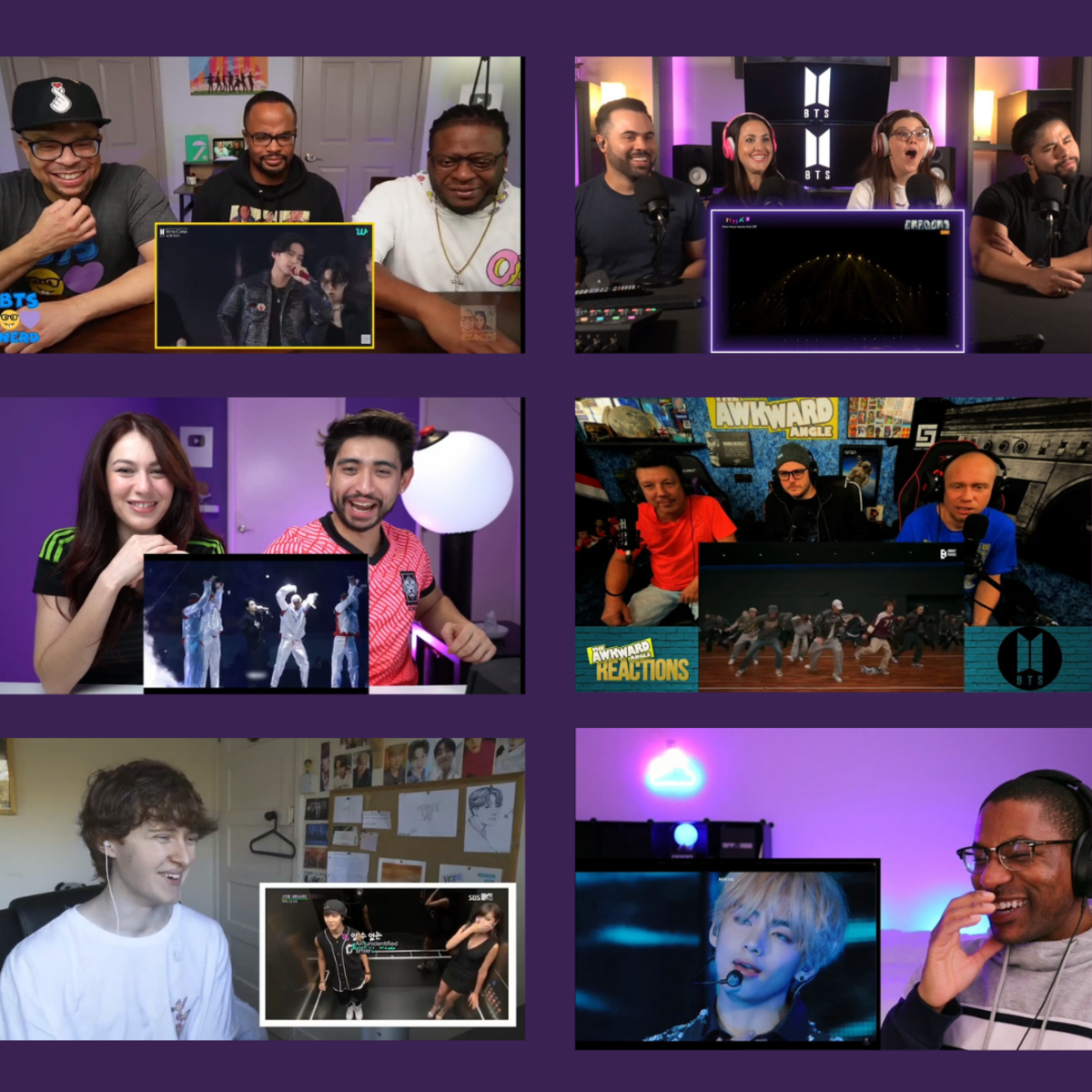Using Your Influence to Get What You Want: What Works (and Does Not Work)

Introduction
There are times in everyone’s life when we need to influence someone. A friend asking for a favor, a boss wanting an employee to do something, or someone trying to motivate a stranger. Getting people to respond favorably is tricky, so it is helpful to understand how people react and methods producing those reactions. This article examines the reactions possible and the actions creating them.

Reactions from Influence
How you ask is more important than what you ask. A person demanding something will have a far different effect than asking nicely. Not commonly understood are the three reactions, two of them not good. The first is engagement. Engagement is the best of the reactions and it means the requestee seeks to do what is asked and, furthermore, seeks to help more. There is an emotional component of excitement and energy involved in this reaction. This type of reaction many managers dream about in their employees. If managers get engagement, much more can be accomplished than just the simple exchange requested.
The second reaction is submission. A reaction not as good as engagement, the requestor gets what is desired, but often grudgingly. The requestee completes the task, but nothing more is offered or provided. This mediocre reaction is what many managers shoot for – employees doing their job. However, when this type of reaction is present, creativity and other good results disappear that would help the organization. This type of reaction provides exactly what was requested and nothing more with little emotional commitment.
The last reaction to influence is defiance. The asker either does not get anything or does not get it in a desirable form. While managers dream about engagement and shoot for compliance, often they get defiance. Ironically, these managers blame the employee even though it was the manager who used the tactic creating defiance. When defiance is a reaction, the requestee has been offended and raises a barrier of self-defense. Defiance should be avoided at all cost, and yet it is often what is produced.

Bad Influence Actions
So if we do not want defiance and would rather not have submission, then it is probably wise to avoid the actions that cause these reactions. There are five different actions that can cause submission at best and defiance at worst. These actions are as follows.
1. Command. This type of action is that which uses authority as a tool to get what one wants. “I am the boss and you should do what I say”, “Do what I say because I am your parent”, and “I am in charge; do what I want” are all examples of the Command action. Think about times when you have had these things said to you. How did you react? It probably was not with engagement, but rather with submission or outright defiance.
2. Silence. This is more of a passive tactic where a person in authority requests something and the other person does it because that is what is expected. The culture in this case is not to question what one is told to do, but to just do it. The person in authority does not have to refer to the position but allows the culture to apply the pressure. Imagine a supervisor, without saying a word, walking onto a plant floor and watching employees. Most people will react with submission although a few may get nervous at being scrutinized and stop doing the work.
3. Going Higher. This action is something that is often employed by those who do not have much power. Children often use this by saying, “Stop it or I am going to tell…” someone in authority. The point is a person using this tactic is appealing to someone at a higher level that can do something. Sometimes one can go higher to a supervisor after dealing with an abusive or ignorant customer service agent. In any event, the reaction of the person being “ratted out” will generally not be good.
4. Group Consensus. This is another tactic that can be used by those who do not have a great deal of power. The concept is that if one person has a little power, then a large group of people have a lot of power. This action is where a person uses a group consensus, whether real or not, to influence another person. One example would be where a person claims, “There are many of us that feel the policy is bad”. The group’s agreement is used as a tool to influence changing the policy. Although this is an action often used, it almost never has a good effect. If the person is a novice, the action might get that person to submit. However, if the person has any experience, then the person realizes the group consensus and the group size are vastly inflated and resistance becomes a viable reaction.
5. Selective Information. The final action of a person trying to influence another is providing limited information. The goal of the person with the information is to try to control attitudes and behaviors by only providing information that would result in the “correct” attitudes and behaviors. For example, a supervisor who said, “Our defect rate tripled last month” would cause a bit a panic. The supervisor did not mention the rate went from 0.001% to 0.003%, a tiny actual change. The news media have often been accused of providing selective information. The reaction from this choice is never one of engagement.

Good Influence Actions
How do we get people to react how we want? There are three actions one can choose, but all require some work. The reactions from these three tactics are at worst submission, at best total engagement. The three are as follows.
1. Conversion. This reaction is when one works to convince someone else a decision is right. Convincing another is not easy and one has to have a good argument to convince the other person. Of the tactics, this is the best because if the second person is convinced, that person may be fully influenced and do whatever is necessary.
2. Impression management. The topic impression management has been widely studied. It is actively managing the impressions people have of us. If one creates impressions in other peoples’ minds of competence, wisdom, charisma, or other positive characteristics, that person can influence people more. However, impression management works best when it is genuine. That is when influence occurs. However, if one creates an disingenuous impression, that action falls into the selective information tactic and can have severe negative effects.
3. Negotiating. A person using negotiating influences another by agreeing to provide something in exchange. A manager might say, “If you work longer today, then you can have tomorrow off”. The idea is to trade things of value. This tactic, if used wisely, creates positive relationships between those involved. People see themselves as valued. However, this depends on trust. If the one negotiating gets what is wanted but fails to deliver what was promised, then this tactic will not work again.

Conclusion
By understanding the reactions and the actions causing those reactions, we can influence others. By using actions such as Conversion, Impression Management, and Negotiating, we increase our chances of getting things we want and forging good relationships. However, using the other tactics of Command, Silence, Going Higher, Group Consensus, and Selective Information might get us want we want, but it might be at the expense of any relationship.








